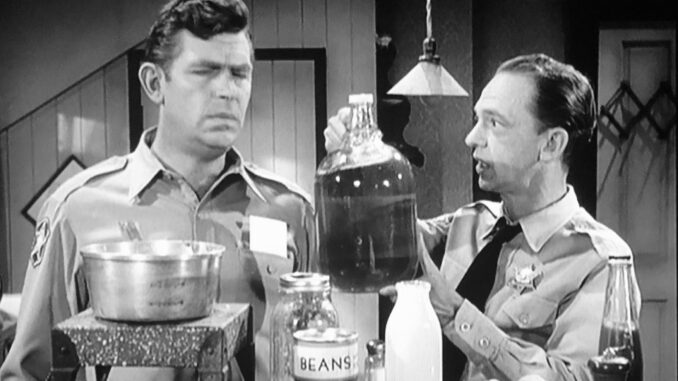
The human experience, in its vast tapestry of sensation and emotion, often manifests in surprising echoes. A searing physical discomfort can mirror a suffocating psychological tension, and a moment of overindulgence can teach lessons as profound as a chamber laden with unspoken grievances. Consider, then, the parallel narratives of "Barney’s Chili Fever" and "A Room Full of Trouble," two distinct yet intrinsically linked states of being, each a vivid illustration of escalating chaos and the palpable weight of consequences.
Barney, bless his adventurous palate, had always fancied himself a connoisseur of heat. Not merely a fan, but a challenger, an explorer of the culinary capsaicin frontier. His "Chili Fever" began, innocently enough, with a triple-dare from a friend and a bowl of the infamous "Widowmaker" chili from the new downtown joint. The first bite, a deceptive whisper of warmth, tickled his tongue. The second, a bolder declaration, sent a pleasant tingle through his sinuses. But by the third spoonful, the fever began its insidious ascent.
It wasn't just heat; it was an internal combustion, a full-body conflagration that began in his esophagus and quickly spread its tendrils through every vein. Beads of sweat erupted on his forehead, tracing rivulets down his temples. His eyes, watering uncontrollably, blurred the edges of the laughing faces around him. His nose, a leaky faucet of misery, ran in tandem with the frantic rhythm of his heart, now hammering like a trapped bird against his ribs. Barney’s Chili Fever was a symphony of self-inflicted torment: the gasp for air that offered no relief, the desperate fanning of an already flushed face, the raw, burning regret that flared brighter than the chili itself. It was the physical embodiment of a singular, escalating problem, where a small indulgence snowballed into an overwhelming, all-consuming inferno, trapping him within the fiery confines of his own digestive system. Every nerve ending screamed, every pore opened in protest, illustrating perfectly how a moment's bravado can transform into a burning, inescapable reality.
From the intensely personal crucible of Barney’s internal inferno, we transition to the broader, yet equally suffocating, realm of "A Room Full of Trouble." This is not a physical space defined by walls and furniture, but rather by the invisible, oppressive weight of unresolved conflicts, unspoken words, and frayed nerves. Imagine a meeting where the agenda is a mere formality, overshadowed by the palpable tension hanging in the air. The silence is not peaceful; it is taut, stretched to a breaking point, filled with the hum of unspoken accusations and simmering resentments.
In such a room, trouble doesn't just reside; it is the very atmosphere. It thickens the air, making each breath feel shallow and constricted. It paints the faces of its inhabitants with subtle lines of strain – a pursed lip here, a darting glance there, shoulders hunched as if under an unseen burden. The furniture itself seems to hold its breath, the very walls pressing in, reflecting the collective unease. Every rustle of paper, every nervous cough, every prolonged pause amplifies the unspoken narrative. A dropped pen clatters with the resonance of a gunshot, shattering the fragile veneer of composure. This "Room Full of Trouble" illustrates how abstract problems, when left unaddressed, coalesce into a tangible, suffocating presence, filling every corner, every void, until escape feels impossible and the air itself feels heavy with impending collapse. It’s the collective equivalent of Barney's burning throat, a shared agony that slowly chokes the life out of connection and productivity.
Ultimately, both Barney’s Chili Fever and A Room Full of Trouble are vivid parables of the human condition facing escalation. One is a physiological rebellion against gastronomic hubris, a visceral lesson in limits. The other is a social and emotional rebellion against avoidance, a silent scream for resolution. Yet, they both illustrate the common experience of being overwhelmed: by a singular, intense sensation that consumes your entire being, or by an accumulation of unaddressed issues that collectively fill and poison a shared space. Both scenarios teach us that ignoring the initial spark – whether it's a defiant spoonful or a nagging grievance – invariably leads to a full-blown inferno, leaving us trapped, gasping, and desperately seeking an exit from the very heat we helped create.
